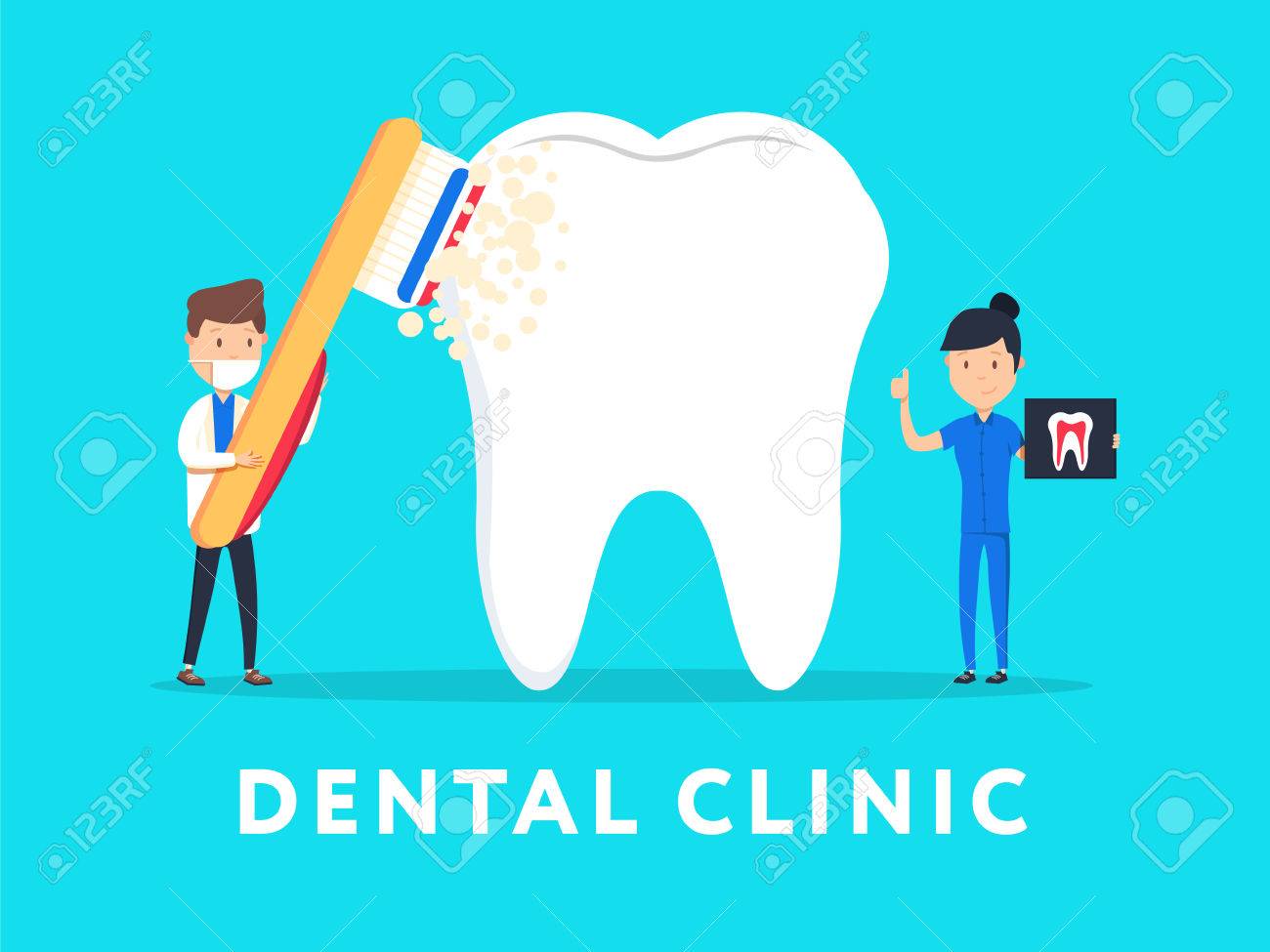Reveal The Transformative Developments That Are Reshaping Dental Surgery. Explore The Future Of This Technique And Keep A Competitive Edge. Click Currently To Acquire Insight Into What Exists In Advance
Reveal The Transformative Developments That Are Reshaping Dental Surgery. Explore The Future Of This Technique And Keep A Competitive Edge. Click Currently To Acquire Insight Into What Exists In Advance
Blog Article
Created By-Hermansen Hessellund
Invite to the world of dental surgery, where advancements and developments are shaping the future of the area! In dentist 78745 , you'll witness the transformative power of robotics, the innovative marvel of 3D printing, and the game-changing influence of minimally invasive strategies.
The future of dental surgery holds a guarantee of accuracy, effectiveness, and improved person outcomes. With the help of innovative robotics, cosmetic surgeons have the ability to carry out intricate procedures with greater precision and control.
3D printing modern technology is reinventing the creation of dental implants and prosthetics, using customized services that fit flawlessly right into each individual's distinct makeup.
In addition, minimally invasive strategies are reducing post-operative pain and healing time, enabling clients to return to their lives earlier.
Prepare yourself to explore the exciting technologies and breakthroughs that are improving the landscape of oral surgery!
Improvements in Robotics
One major advancement in oral surgery is using robotic technology, which permits specific and efficient operations. With family dentistry burnet of robotic systems, oral surgeons have the ability to do intricate surgical treatments with improved precision, lessening the threat of human mistake.
These robot systems are equipped with sophisticated imaging innovation and accurate tools that make it possible for cosmetic surgeons to browse via elaborate anatomical structures with ease. By making use of robotic technology, doctors can achieve greater surgical precision, resulting in boosted person results and faster recovery times.
Additionally, the use of robotics in oral surgery allows for minimally intrusive procedures, minimizing the injury to surrounding cells and advertising faster recovery.
3D Printing in Oral Surgery
To enhance the area of dental surgery, you can discover the subtopic of 3D printing in dental surgery. adult braces austin tx -edge modern technology has the possible to reinvent the means oral specialists operate and deal with people. Right here are 4 essential methods which 3D printing is forming the area:
- ** Customized Surgical Guides **: 3D printing allows for the production of highly exact and patient-specific medical overviews, improving the accuracy and effectiveness of treatments.
- ** Implant Prosthetics **: With 3D printing, oral surgeons can produce customized implant prosthetics that flawlessly fit an individual's distinct anatomy, leading to better end results and individual fulfillment.
- ** Bone Grafting **: 3D printing enables the production of patient-specific bone grafts, reducing the need for conventional implanting techniques and enhancing recovery and recuperation time.
- ** Education and learning and Educating **: 3D printing can be utilized to produce reasonable medical versions for instructional purposes, allowing oral doctors to practice complex treatments prior to doing them on people.
With its prospective to improve accuracy, modification, and training, 3D printing is an interesting development in the field of dental surgery.
Minimally Intrusive Strategies
To even more advance the area of dental surgery, welcome the capacity of minimally intrusive strategies that can greatly benefit both cosmetic surgeons and clients alike.
Minimally invasive techniques are transforming the field by decreasing surgical trauma, minimizing post-operative pain, and accelerating the recuperation process. These methods include utilizing smaller sized incisions and specialized tools to do treatments with accuracy and efficiency.
By using advanced imaging technology, such as cone beam of light computed tomography (CBCT), cosmetic surgeons can precisely intend and carry out surgical procedures with minimal invasiveness.
Additionally, using lasers in dental surgery permits specific tissue cutting and coagulation, causing lessened bleeding and decreased recovery time.
With minimally invasive strategies, patients can experience quicker recovery, lowered scarring, and improved end results, making it a crucial aspect of the future of dental surgery.
Verdict
So, as you can see, the future of oral surgery is unbelievably promising, with amazing developments and advances forming the area.
From the innovations in robotics to using 3D printing and minimally intrusive methods, dental specialists are transforming the means they provide treatment.
While some may stress over the prospective cost associated with these innovations, it's important to remember that these technologies inevitably boost patient outcomes and reduce recovery time, making them well worth the investment over time.
